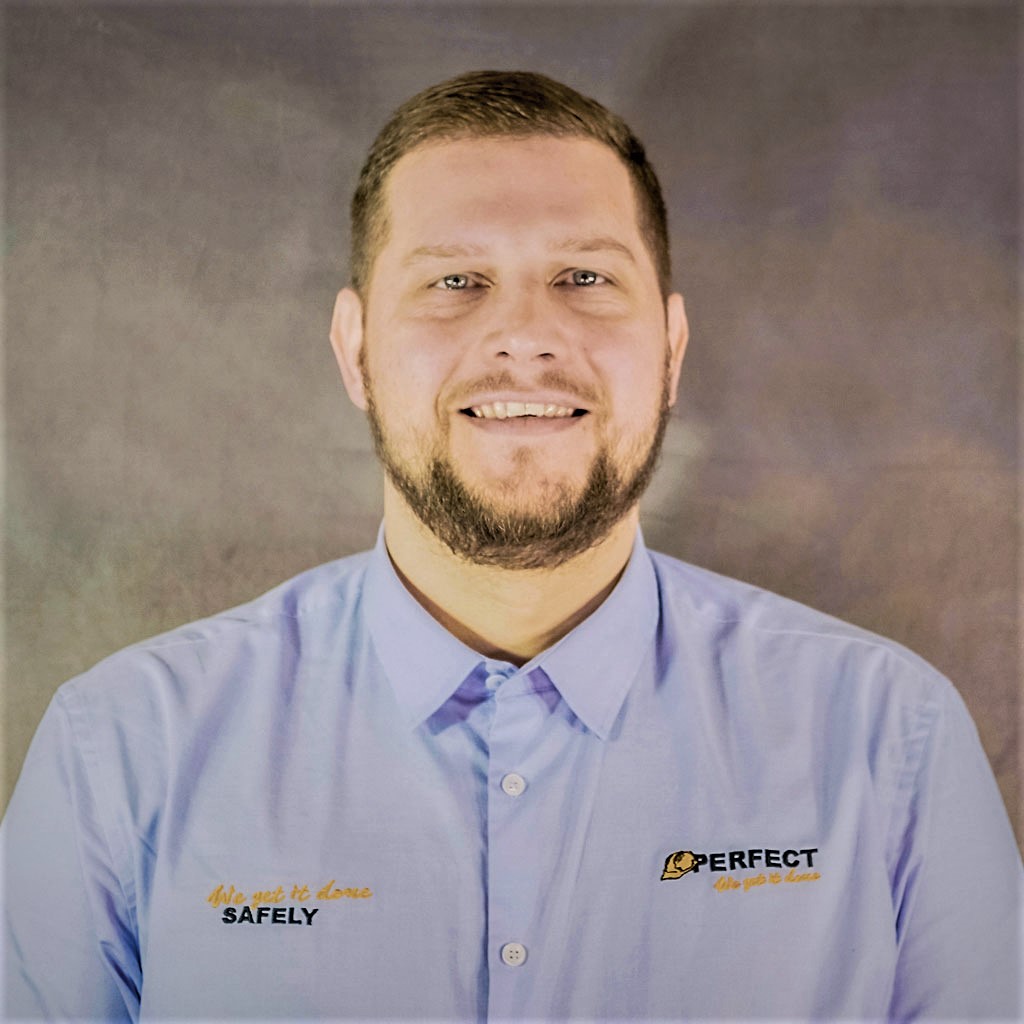Understand Safe Work Method Statements (SWMS)
- magda

An SWMS (Safe Work Method Statement) is a document sets out the high-risk construction work activities to be carried out at a workplace, the hazards arising from these activities, and the measures to be put in place to control the risks.
One SWMS is usable for work that involves multiple high-risk construction work activities. For example, a work activity that requires using a powered mobile plant, working at heights of more than 2 metres, and working adjacent to a road used by traffic other than pedestrians.
SWMS is under administrative control classification. It is usable to support higher order controls to Eliminate or minimise risks to health and safety. For example, engineering controls.
What information must be included in an SWMS?
An SWMS must:
- identify the work that is high-risk construction work
- specify hazards relating to the high-risk construction work and the risks to health and safety
- describe the implementing measures to control the risks
- describe how the control measures are to be implemented, monitored, and reviewed
An SWMS should be short and focus on describing the specific hazards identified for undertaking the high-risk construction work and putting the control measures in place. So, the work is carried out safely (see Appendix A). A lengthy, overly detailed SWMS can be difficult to understand, apply at the workplace, monitor or review.
Workers must easily understand SWMS, including those from non-English speaking backgrounds. For example, pictures or diagrams may be a more effective way of communicating information.
There are other legislative requirements to ensure health and safety. For example, to control exposure to noise and manual task hazards. These hazards and risk controls do not need to be included in an SWMS.
If the SWMS is based on a workplace-specific risk assessment, evidence of the risk assessment may be required by the regulator or for auditing purposes but does not need to be detailed in the SWMS.
How does SWMS help the worker?
Employees should ensure that they familiarise themselves with the SWMS relevant to their workplace. The SWMS will provide information about the types of high-risk construction work being done. It also provides information on the health and safety hazards and risks arising from that work, how the risks will be controlled, and how the risk control measures will be put in place.
Employers also need to ensure that work is done according to the procedures set out in the SWMS by properly supervising and training their employees.
It is also important that employees, health and safety reps, as well as contractors and their employees, are consulted when the SWMS is being prepared as much as is reasonably practicable to avoid incidents where employers are not aware of the hazards and so fail to reasonable guard against them.
Health & Safety

Safe Work Method Statement is paramount to carrying out any high-risk tasks on Construction sites across Australia. They help to identify the Helth & Safety Risks associated with the high-risk task and their objective is to reduce risk and keep everyone safe on site.
Co-Operation of workers
Safe Work Method Statements require the cooperation of the Principal Contractor, Sub Contractors, and workers on site. This is to ensure that everyone is involved and has input into the SWMS. The Principal Contractor is responsible for ensuring the high-risk construction is being performed safely in accordance with the SWMS.
Reduce injuries
Another benefit of Safe Work Method Statements is reducing the number of injuries on-site therefore directly increasing productivity and decreasing downtime due to injuries.










